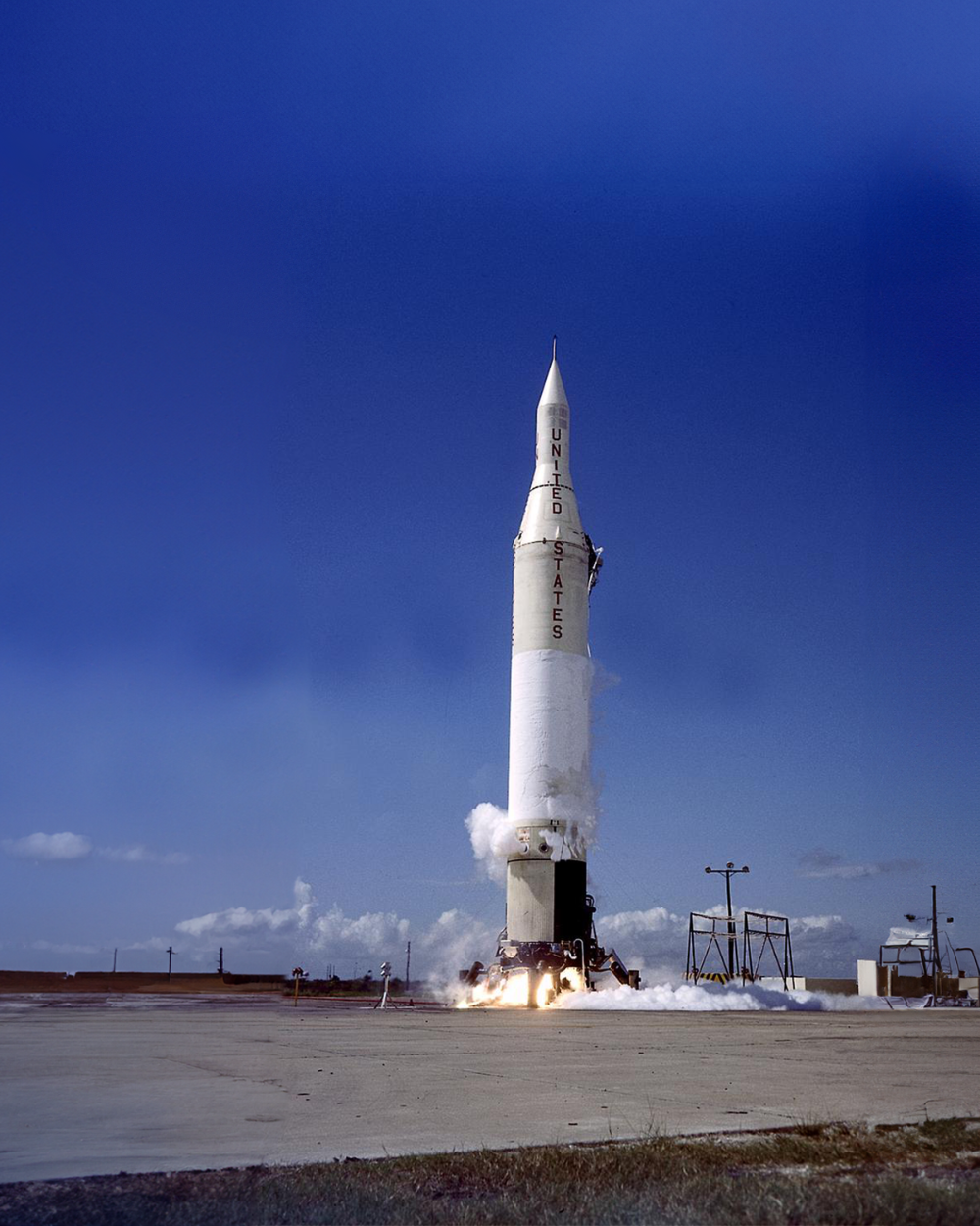Atlas 5 rocket boosts two Space Force satellite monitors into orbit
A United Launch Alliance Atlas 5 rocket blasted off and streaked into space Friday, boosting two U.S. Space Force satellites into orbit to keep tabs on other satellites stationed at the high altitude favored by communications relay stations, military spacecraft and others.
The Atlas 5's Russian-built RD-180 first stage engine and a single strap-on solid-fuel booster ignited with a rush of flame at 2 p.m. EST, generating a combined 1.2 million pounds of thrust to smoothly push the 196-foot-tall rocket away from launch pad 41 at the Cape Canaveral Space Force Station.
The first stage propelled the vehicle out of the lower atmosphere and then fell away while the single Aerojet Rocketdyne RL10C engine powering the Centaur second stage continued the push to an initial orbit.
Two more Centaur firings over nearly six-and-a-half hours were planned to put the two Geosynchronous Space Situational Awareness Program (GSSAP) satellites in an orbit close to 22,300 miles above the equator.
At that altitude, satellites take 24 hours to complete one orbit and thus appear stationary in the sky, providing stable views of Earth below while allowing the use of fixed antennas on the ground to send and receive data and commands.
Geosynchronous orbit is used primarily for commercial communications satellites, military early warning and various spy stations, weather monitors and others spacecraft requiring fixed, hemispheric views.
Space Force Gen. John Raymond said the GSSAP satellites, built by Northrop Grumman, provide "a neighborhood watch capability."
Atlas "allows us to better understand what's going on in the domain, especially in a really critical orbit like geosynchronous orbit," he said earlier this week. "Historically, the way we have surveilled or had awareness of the domain is we've taken observations from radars or optical capabilities, and we've come up with an address in space, if you will, of objects."
But he said knowing a satellite's general location is not enough.
"If you move into a war fighting domain, you have to have more knowledge than just where something is," he said. "You have to have some insights into what those capabilities are, and this neighborhood watch capability has provided us a fuller look at what's in space, specifically in the geosynchronous domain."
GSSAP satellites provide more accurate tracking data and have the ability to rendezvous with other satellites "enabling characterization for anomaly resolution and enhanced surveillance while maintaining flight safety," according to an Air Force Space Command fact sheet.







